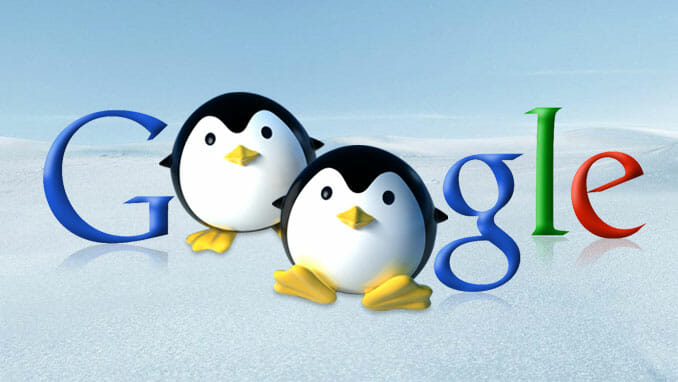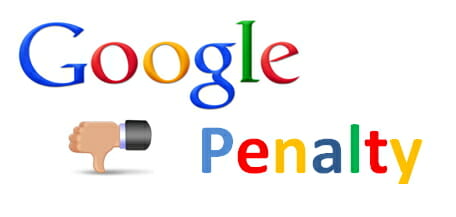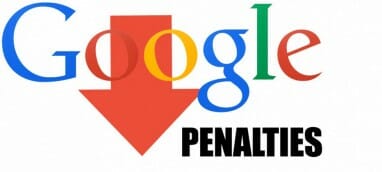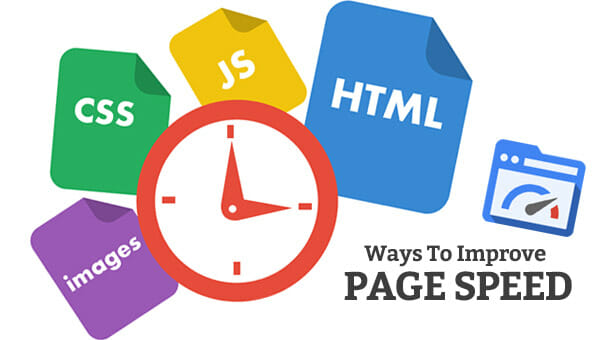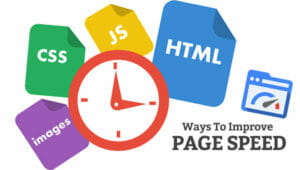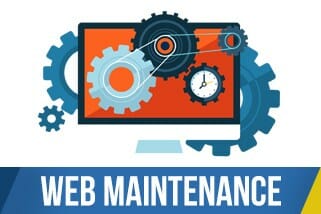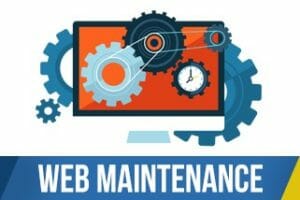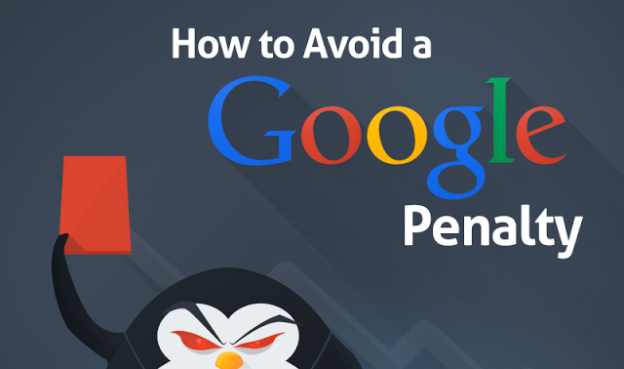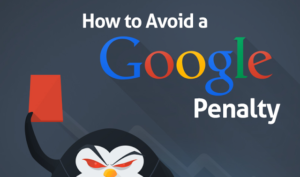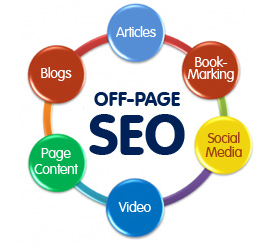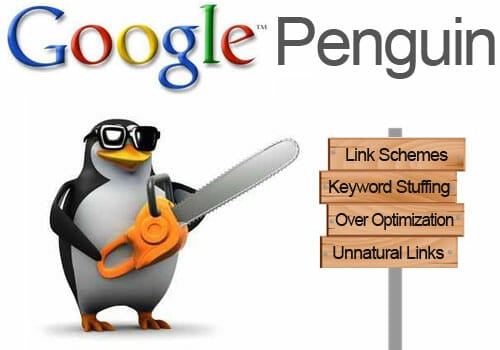Experts Weigh In On Google’s “Pigeon” Update Aimed at Improving Local Search Results
Last week, Google made new search waves when it rolled out updates to its local search algorithm.
The “Pigeon” update (the name Search Engine Land gave it in absence of an official name from Google) aims to deliver improved local search results, with enhanced distance and location ranking parameters.
According to Google, the new local search algorithm ties deeper into the site’s web search capabilities, leveraging hundreds of ranking signals, along with search features like spelling correction capabilities, synonyms and Google’s knowledge graph.
Search Engine Land reported last week on how the “Pigeon” update solved Google’s “Yelp problem,” with local directory sites already experiencing improved visibility in Google search results:
It looks like Yelp and other local directory-style sites are benefiting with higher visibility after the Pigeon update, at least in some verticals. And that seems logical since, as Google said, this update ties local results more closely to standard web ranking signals. That should benefit big directory sites like Yelp and TripAdvisor — sites that have stronger SEO signals than small, individual restaurants and hotels are likely to have.
Now that we’re a week out, we asked a few local search experts what they have seen since Google set its “Pigeon” update free. Here’s what they had to say:
David Mihm, Director of Local Search Strategy at Moz
Overall, this update seems like an amplification of the previous silent Hummingbird update from last fall. Just like last time, I would argue that the quality of the SERPs has been downgraded, with “search results within search results” (i.e. directories) getting rewarded relative to their pre-Pigeon position.
Directories with strong brands (like Yelp, as Matt McGee already pointed out) often show up multiple times for the same search, especially on recovery searches for specific small businesses – many of which occur when the searcher clicks a Carousel result. But they’re even prevalent on far less-specific discovery searches, and on searches performed on mobile devices (in my own limited testing).
I fail to see how this is an improved, let alone a good, experience for searchers.
The outcome of Pigeon unfortunately rewards Yelp’s recent “whining,” and with the EU antitrust settlement largely behind them, it seems an odd time to move the SERPs in this direction.
A number of folks have commented in places like Max Minzer’s Local Search community, and Casey Meraz highlighted it as well, that there seem to be many more two and three-packs than there were before, which takes even more real estate away from small businesses and increases the relative opportunity for directories.
Perhaps in competitive industries where most companies have already maximized citations, reviews and user-generated content about their businesses, it is simply getting harder and harder for Google to identify the best of the best businesses by place-related signals? That defeatism seems decidedly un-Google, however.
I’m at a bit of a loss as to any economic benefit this boost to directories (with easier-to-reach, larger Adwords budgets) might provide Google, but I’m looking forward to hearing what other commenters have to say.
Greg Gifford, Director of Search and Social at Autorevo
In the automotive niche, we seem to be isolated a bit from the crazy effects we’re hearing about elsewhere. In some cities, we haven’t even seen a significant shift in map pack rankings (any more than what we’d see on a monthly basis anyway).
We’re still seeing map packs on auto dealer related search queries, and the vast majority of results are mostly the same.
We have noticed a few random anomalies though. In the past, “used cars CITY” always brought up a map pack. We’ve seen a few isolated cities where the map pack has disappeared for that query. For example, in Louisville, Kentucky, in an incognito search with location set to Louisville, we saw:
- “used cars” = seven-pack
- “used cars louisville” = no map pack
- “used cars louisville ky” = three-pack
Before Pigeon, those would have all resulted in seven-packs. Other than a few random map pack switcheroos like that, we’re not seeing much difference.
Nicole Hess, Senior SEO Strategist at Delphic Digital
After reading about the potentially spammy results being brought in by the newest Google local algorithm update, I immediately began wondering the affect of it on several of my clients.
First and foremost, a national client of mine has hundreds of locations that conduct business independently and need organic traffic to produce valuable business leads. I began digging into the data to spot any trends that already may be happening or developing and take action on it.
In reviewing the local rankings pack, I did not find spammy results creep into listings; although, I have seen this in some searches – such as “Casino” and “Interior Design” – but not in this client’s space.
My three primary observations:
- Locations not appearing in local results: There were a few locations that are not appearing in the local pack of results, though at some previous point did appear there. The average drop in traffic for a location that is no longer in the local pack is 16% less traffic month over month (and this is in a good season where overall organic traffic is increasing).
- Locations appearing in local results, less traffic: Of the 50 locations I reviewed, seven are receiving less organic traffic month over month, though still rank in the Local results and have the same organic rankings. Five of the seven locations rank second in a pack of seven local results and for each of these, there are paid ads with star ratings that appear above the local pack.
- Locations getting more traffic: Ten of the 50 locations I reviewed are receiving more organic traffic, on average 24% more organic traffic than the same week of the previous month. Each location ranks in the local pack and most rank No. 1 or No. 2 in the local pack. Their organic rankings have also maintained steady positions month over month, so that factor can be eliminated.
Also, while there were still paid ads, most listings had paid ads that didn’t have star ratings to detract from the organic results. Noting that this is a good season for the client where organic traffic is improving in general, I’m not ascribing all the lift to the local pack rankings, though the lift in traffic for these locations is greater than the month over month lift in organic traffic overall.
So it appears there has been some favorable shifts caused by Pigeon driving more organic traffic.
From what I have witnessed, some local ranking shift has occurred and is driving more organic traffic to several locations. Being out of the local pack correlates with a loss of organic traffic for a few locations. A loss of organic traffic is also occurring where listings are competing against paid ads that have star ratings.
Andrew Shotland, Local Search Engine Optimization Consultant at LocalSEOGuide.com
We are really interested in how this update moved Google more in the direction of hyperlocal search. Something that has been flying under the radar on this update is the neighborhood specific location settings that previously seemed to be just a test are now live everywhere as far as I can tell.
I am also seeing a number of the local directory type sites I work with have almost all seen five to ten percent increases in organic traffic since the update. This lines up with the contraction and elimination of many of the local pack results that others are reporting. Directories would be one of the benefactors of this.
We are waiting to see if this holds over the next week before publishing any of the data. It’s highly likely there will be a fair amount of algo “tuning” so I wouldn’t be surprised if the results we are talking about change dramatically over the next few days or weeks.
Mike Blumenthal, Search Expert and author of Google Places and Local Search blog Blumenthals.com
To a large degree the jury is still out on the what, whys and outcomes of the recent Local algo update. Things have been changing since the roll out Thursday evening and are just now stabilizing.
Things we do know: there seem to be fewer seven-pack results than before although the drop is not as big as first reported as Google seems to have changed the impact of some local query modifiers. It was originally reported as a sixty percent drop in MozCast, and by their metric it was. However many of their search queries no longer seem to function the same way.
Things that seem to be “more so” since the change include:
- Localization of geo search results appear to have increased based on user’s location.
- Brands appear to have benefited with additional listings in the pack results and more three-packs.
The update does appear to have reduced duplication between the organic and local results. After the October 2013 update that ended blended results, a number of sites were seeing both organic and local pack results. Those seem to have been reduced to one or the other.
The directories, at least anecdotally, appear to have benefited from the change.
On many searches the radius of the “view port” of the Map has changed. This obviously leads to an effective ranking shake up as the businesses visible within the view have changed. On some searches we are seeing cross geo border expansion of the port and on others a reduction in the radius, totally excluding the locations in the burbs.
Whether this is a cause or effect, we simply can’t yet tell but it does lead to turmoil in the rankings.
One could group this update with a number of other recent Google updates that have reduced visual “distractions” from the main search results; loss of video snippets, the loss of author photos, reduction in the number of review stars shown, etc. etc.
The impact is still unclear; we will have to wait for analytics data to accumulate to assess the net of the change both specifically and more broadly.
Mary Bowling, Co-founder at Ignitor Digital
I think it’s too soon to tell what may be temporary and what might stick, but overall I think Google may be trying to hyper-localize desktop results more.
Google has made several moves lately for the purpose of better aligning desktop and mobile results. Google’s interpretation of the searcher’s location may now be playing more into which results they see on their desktop, just the way it has been playing into which results they see on smartphones.
Some of the things people are reporting are a reduction in the number of local packs seen in the SERPs and a widespread reduction from 7 results in the local packs to 3 results. This may also be an attempt to better mirror on the desktop what mobile searchers see.
Chris Smith, President and Strategist at Argent Media
It’s actually still early to definitively state precisely what all Google may have changed to produce the results we’re seeing. While it is very clear that a significant number of local search queries have stopped displaying local search results, some of the anecdotal reports have been a bit too all-encompassing in declaring particular search queries as “no longer displaying local packs.”
For instance, while the term “house rentals” appears to invoke the local pack in far fewer cases, there are still significant markets where that query continues to invoke local pack results (at least, when I test the search in combo with city names). Searching for “house rentals estes park” or “house rentals gatlinburg” still has good seven-packs of local listings embedded in the SERP.
This suggests that the part of the search results page composition algorithm that handles determining when to serve local pack results has undergone a revision rather than elimination for many of these effected terms. The dial has been turned back some, if you will, and other qualifying elements have been introduced in how it functions.
Specificity of the query is an additional element. When Google first began displaying the local pack, they inferred locality intent associated with queries like “house rentals” or “pizza”, etc. For whatever reason, the assumption of local intent has now been dialed back in a number of cases, most likely based upon some sort of usability testing, or out of desire to further reduce “clutter” in search results.
Overall, the news that this update bumps up web search ranking signals more so than some of the local factors doesn’t necessarily pose a huge fear factor for local businesses. On the other hand, local companies that were enjoying good local pack rankings, despite having an SEO-weak website presence, will now have to step up their game in order to recover.
Some have reported spammy local companies have enjoyed better rankings since the update; but, I don’t think the dust has altogether settled. These companies may have a lot more to fear after another few weeks.
Finally, some directory sites appear to have benefited. To me, the recent shift has heavily benefit Yelp (I think they likely need to Shut-The-Front-Door on whining about Google mistreatment). Yellowpages.com also appears quite prominently in my sampling, as well as some vertical directories.
Some of the more marginal, less-popular online yellow pages and business directories are not all that visible or prominent these days. In some business category and market combinations, the organic search results are more populated by these directory sites than by the websites of local businesses – which will necessitate a bit of a shift in local companies’ online strategies.
If these ranking changes for local-intent queries were intentional upon Google’s part, it seems clear that they feel that there are many cases where searchers desire to perform comparative research to decide upon businesses prior to selecting listings. Businesses will have to adjust their strategic approaches accordingly.


